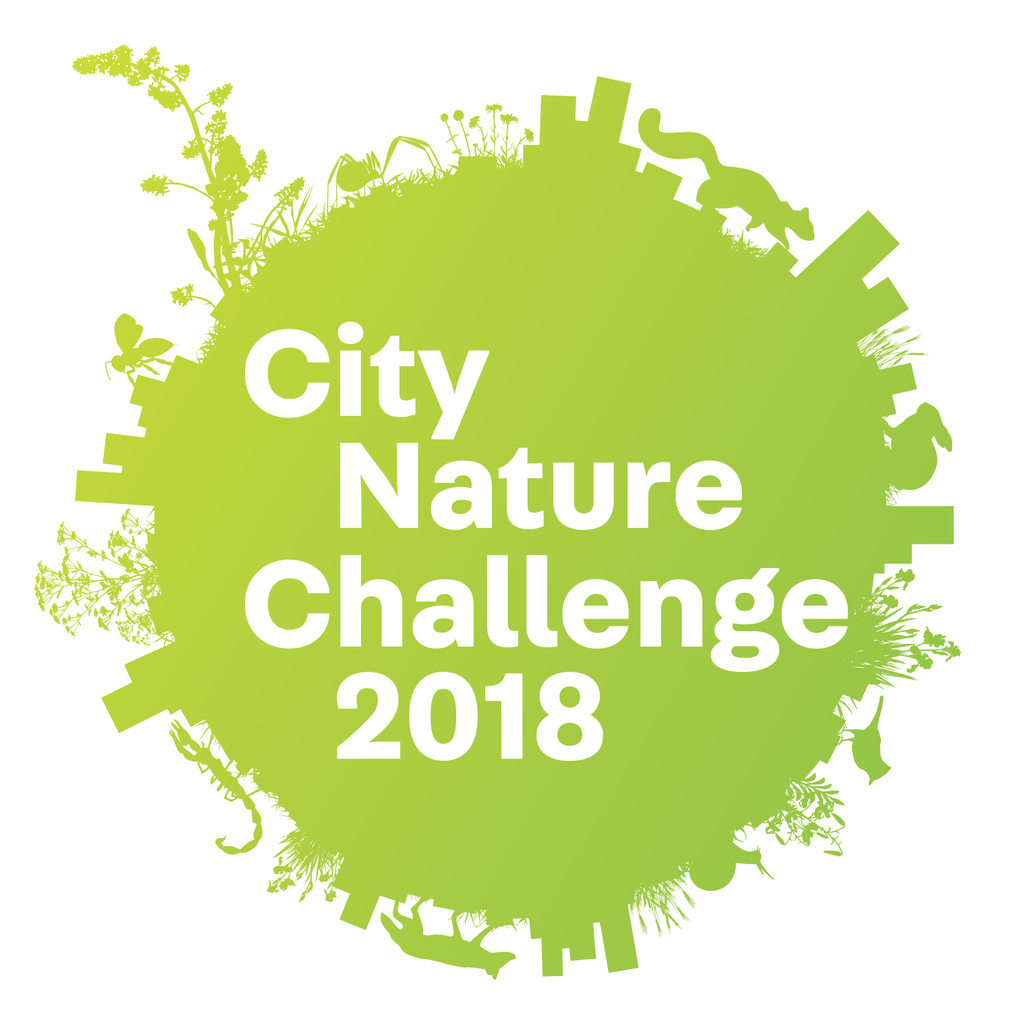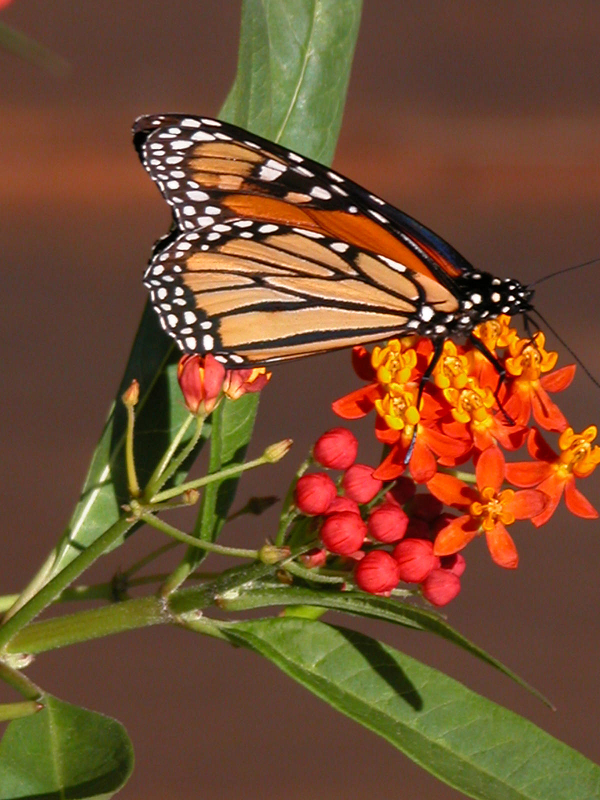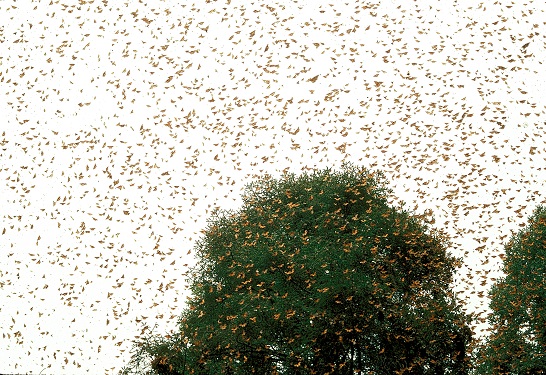City Nature Challenge
Thursday, February 22nd, 2018This is Passport to Texas
Game for some friendly competition? Then join teams from 60 cities, on six continents, to compete during the City Nature Challenge—April 27-30th. Teams will attempt to document more plant and animal species in their regions than competitors in other regions.
And we are using a format called iNaturalist, which is a real easy way of collecting data. All you have to do is take pictures of things. You don’t even have to know what it is.
Texas Parks and Wildlife biologist and Austin area challenge coordinator, Marsha May, says they need more experts to help verify data.
Professionals. People who know their plants. People who know their insects. Their invertebrates. Any of these organisms, to help us verify the data. You don’t have to live in any of the regions. Go to iNaturalist—especially those who use it regularly—because we need to get the data verified for it to count towards the contest.
Seven regions in Texas are hosting teams. Find them on the Nature Trackers page of the Texas Parks and Wildlife website.
It would be a good idea in advance, if people would check out iNaturalist.org. And join iNaturalist and see what it’s all about—practice it. And then when the time comes, they would just join the project as they’re collecting their data.
How the City Nature Challenge works… tomorrow.
That’s our show for today… Funding provided in part by Ram Trucks. Guts. Glory. Ram
For Texas Parks and Wildlife…I’m Cecilia Nasti.







 Passport to Texas is a
Passport to Texas is a  Passport to Texas is made available by:
Passport to Texas is made available by: